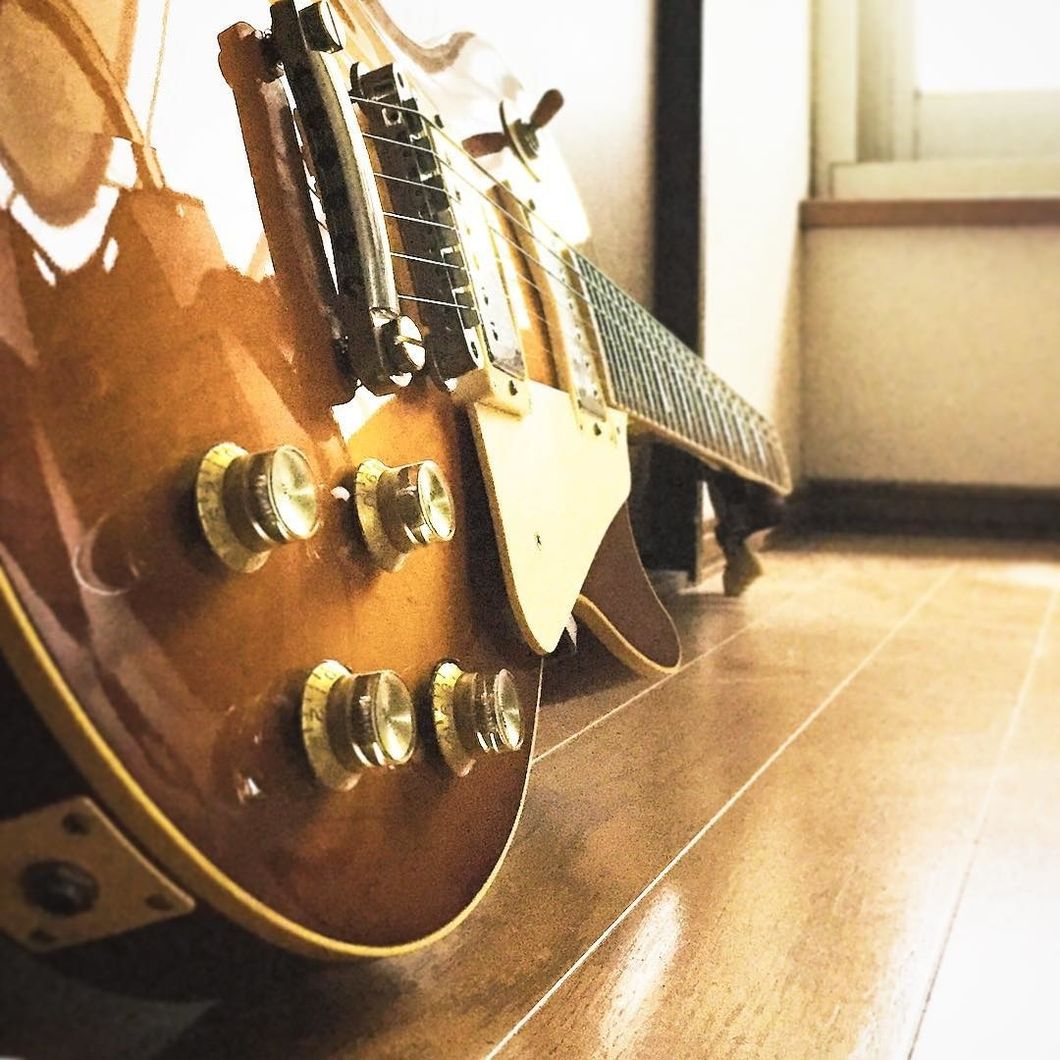Gibson is one of the most well-known guitar manufacturers in the world and sells more than 170,000 guitars a year. It's survived the Great Depression, two World Wars, and the advent of electronic music, but the future is doubtful. Last May, Gibson Guitars filed for Chapter 11 bankruptcy in May after taking on almost half a billion dollars in debt and is struggling to pay back its creditors.
1. What happened?
Guitars aren't needed to make music anymore. More and more music is being made with synthetic sounds rather than with musical instruments. In the past few years, the number of guitars sold in the U.S. has shrunk and guitar manufacturers have been feeling the squeeze. In response, Gibson decided to branch out and become a lifestyle company as well as a guitar manufacturer.
2. Then what?
Then they took risks. They partnered with Onkyo in 2012, as well as spending $52 million to buy a majority share of the Japanese stereo company TEAC the next year. In 2014, they bought Phillips Entertainment for $135 million. Not content, they decided to diversify their guitar designs, as well as upgrade the electronics.
In 2015, every new Gibson guitar would come with electronic tuners. If you don't know what that means, it looks like this:
Attribution: Gibson electronic tuners
And they're nuts. You turn it on, select a tuning, strum your strings, and the electronic tuner tunes your guitar for you. It's really nice, but they put it on EVERY GUITAR THEY SOLD. This inflated the cost of the already several thousand dollar guitars they sold, and so, less people bought guitars. Gibson figured out that their prices were too high, so they started focusing on their lower end models.
3. Well, why is that bad?
Because they over-diversified.
They came out with tons of new guitars lines, some which were throwback models and sold really well, and some that were a confusing hodgepodge of pieces that no one bought. They put expensive pickups in cheap guitars, electronic tuners on guitars with bolt-on necks (usually, if you buy a guitar with a bolt-on neck, you're trying to save money), and put their most beloved IP's names on lower quality products. Now if you buy a Gibson SG or Firebird, you have to check which year it came out or else you might be getting something that only looks like what you wanted.
In five years, their profit margin went from around 13% to 4%. Gibson made over $2 billion in revenue in 2015 but their expenses were so great that they only really made about $84 million according to my calculations. Their income-to-expenses ratio kept getting tighter, and their debts just kept growing, reportedly reaching about half a billion dollars as of now. With nowhere else to turn, Gibson declared bankruptcy.
4. What happens now?
No one knows for certain, but it looks like Gibson is going to liquidate a lot of its assets, shut down its "innovation division," and slowly pay off its debts. It seems unlikely that they will shut their doors, but if they can't get their house in order, it is still a possibility.
In the meantime, you should probably keep your eyes peeled for any liquidation sales. You might just walk away with something neat for way less than you should.




 Christmas and New Year gift card
Photo by
Christmas and New Year gift card
Photo by  butter cookies on plate
Photo by
butter cookies on plate
Photo by  boy holding Holy
boy holding Holy 










